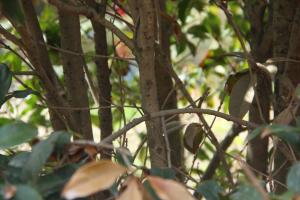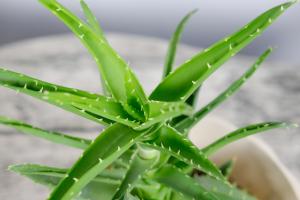Introduction
As gardening becomes increasingly popular, more and more people are turning to outdoor plant pots as a way of growing plants in limited spaces or without access to a garden. Using outdoor plant pots can also help protect plants from harsh weather conditions such as extreme heat, cold or frost. However, outdoor plant pots can expose plants to temperature fluctuations that can be harmful to them. Therefore, it is essential to choose the best insulating fabric for outdoor plant pots to ensure the health and longevity of your plants.
Factors to Consider
Before selecting an insulating fabric for outdoor plant pots, several factors must be considered. The insulation fabric should have the following qualities:
Water-resistant
UV resistant
Durable and long-lasting
Flexible and easy to handle
Cost-effective
Best Insulating Fabrics for Outdoor Plant Pots
Now that we have identified the factors to consider when choosing an insulating fabric let us explore the best options available in the market.
1. Fleece Fabric
Fleece fabric is an excellent insulator for outdoor plant pots. Made from polyester, the fleece traps air pockets, providing protection for plants against frost and extreme cold temperatures. It is lightweight, durable and water-resistant, making it an ideal choice for outdoor plant pots. Fleece fabric is also breathable, allowing air and moisture to pass through, ensuring healthy plant growth.
2. Bubble Wrap
Bubble wrap is another excellent choice for insulating outdoor plant pots. It is made up of numerous air pockets, which trap heat and offer excellent insulation. Bubble wrap is low cost, lightweight, and easy to handle, making it an ideal insulating fabric for large outdoor plant pots. However, it does not provide UV protection and can deteriorate over time due to exposure to the sun.
3. Frost Protection Fleece
Frost protection fleece is specially designed to provide insulation against frost and cold temperatures. It is made up of a non-woven material that traps air pockets, providing insulation for plants. Frost protection fleece is durable, UV resistant, and water-resistant, making it an ideal fabric for outdoor plant pots. It also allows for air and moisture to pass through, which helps prevent mold and mildew growth.
Conclusion
When it comes to selecting an insulating fabric for outdoor plant pots, several factors must be considered, such as water-resistant, UV resistant, durable, and cost-effective. The fabrics discussed above, including fleece fabric, bubble wrap and frost protection fleece are some of the best options available. Depending on your particular needs, each of these materials could provide adequate protection for your plants and help ensure their healthy growth.

 how many times do yo...
how many times do yo... how many planted tre...
how many planted tre... how many pine trees ...
how many pine trees ... how many pecan trees...
how many pecan trees... how many plants comp...
how many plants comp... how many plants can ...
how many plants can ... how many plants and ...
how many plants and ... how many pepper plan...
how many pepper plan...






























